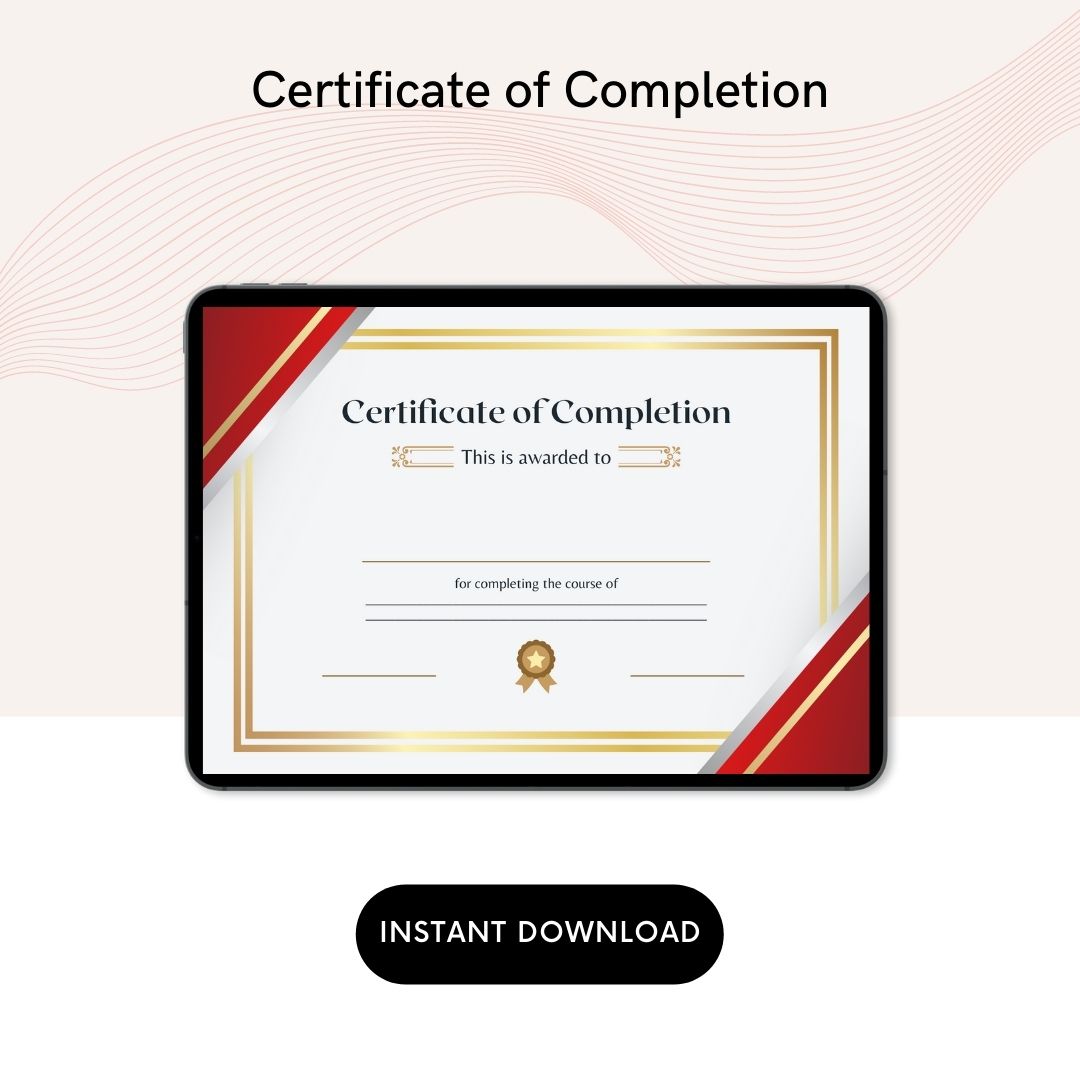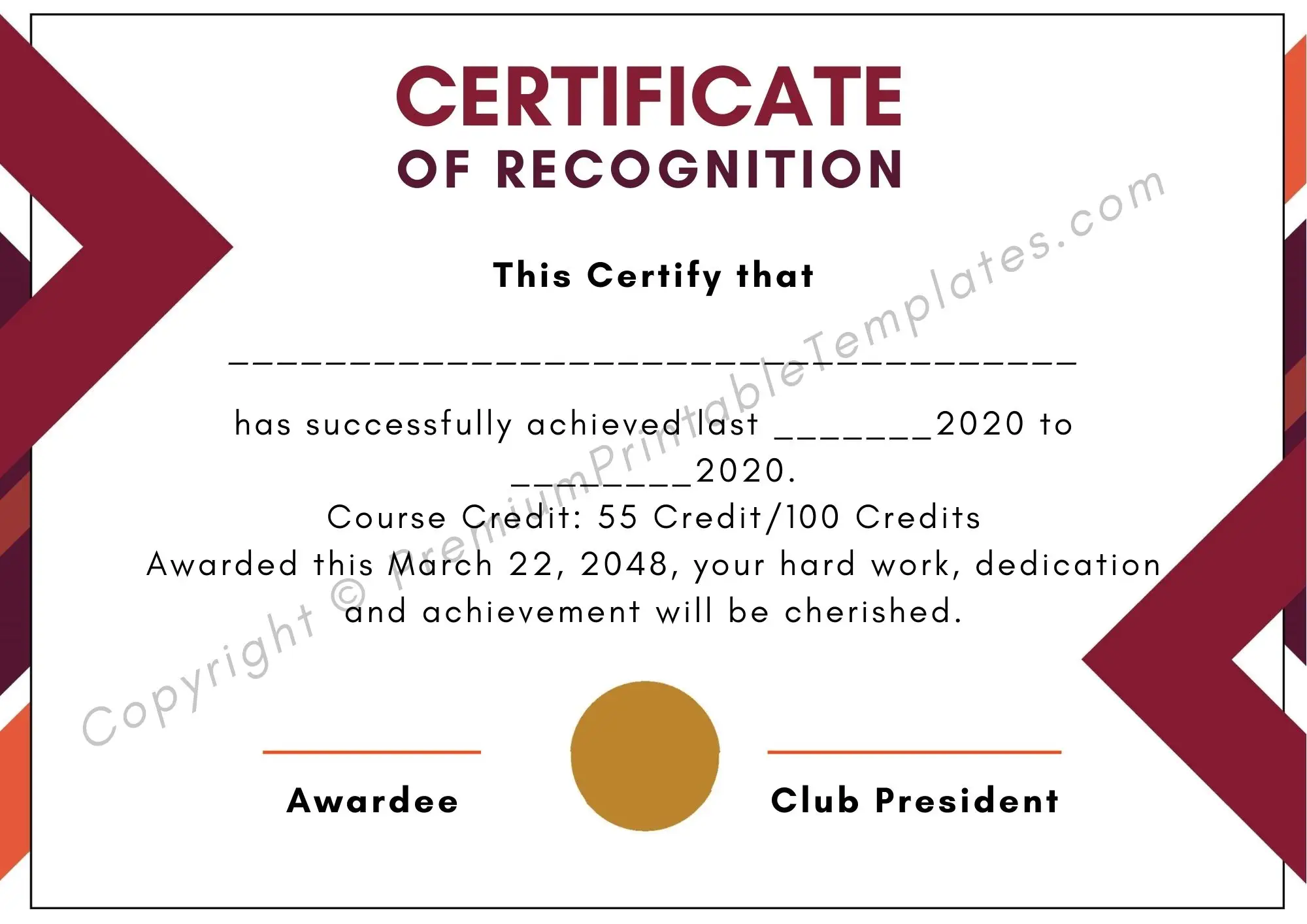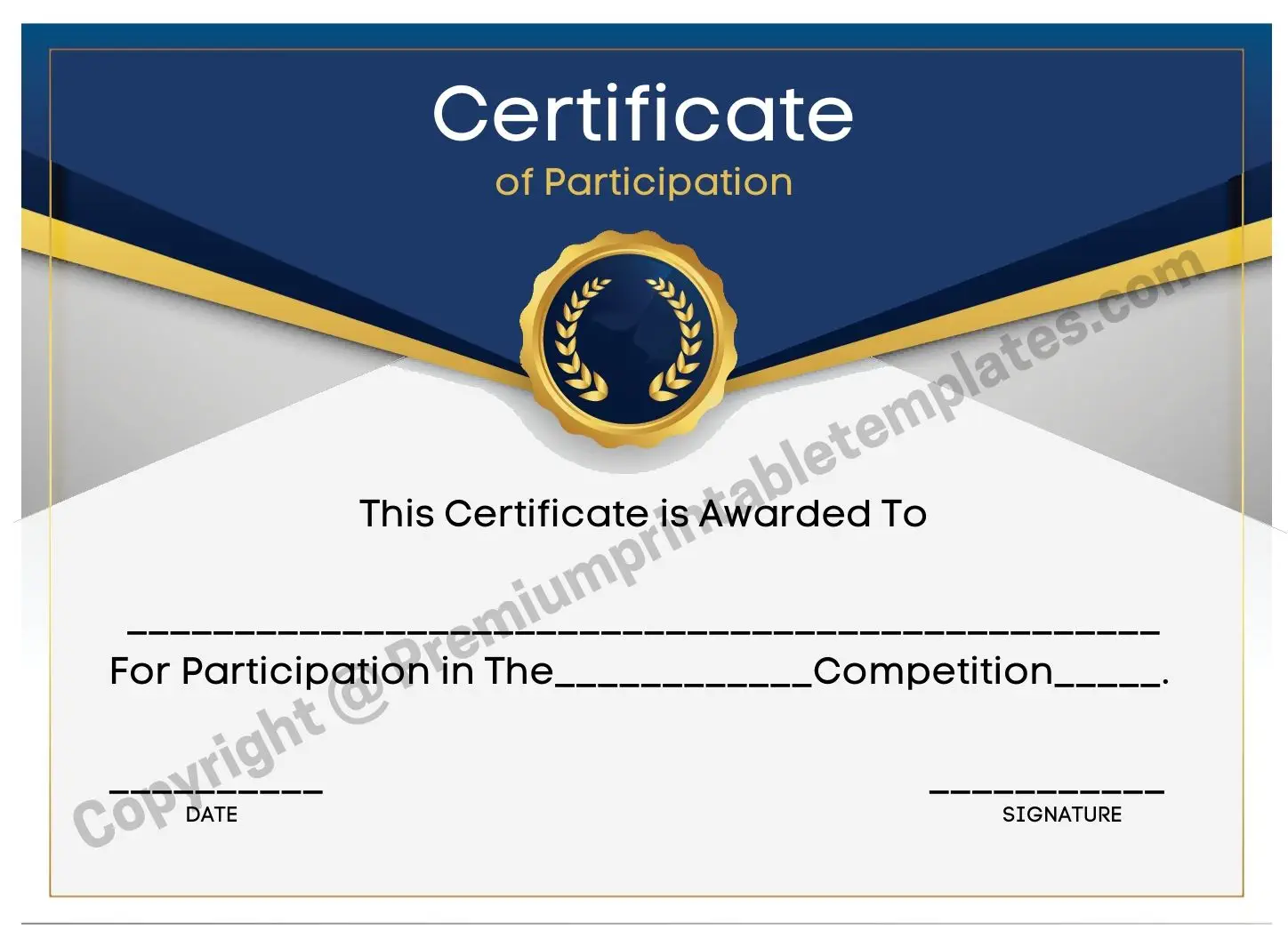Certificates of completion are documents that recognize the successful completion of a course, training program, project, or any other endeavor. They serve as tangible evidence of an individual’s dedication, effort, and achievement. Whether it’s a professional training program, an educational course, or a personal project, certificates of completion hold significant value. In this article, we will explore the importance of certificates of completion, their key elements, and how they can be effectively designed and utilized.
Printable Certificate of Completion
Validation and Recognition: Certificates of completion validate an individual’s accomplishment and provide formal recognition for their efforts. They serve as a testament to the time, effort, and dedication put into completing a specific task or program. This recognition can boost the individual’s confidence and motivation to pursue further endeavors.
Professional Development: Certificates of completion play a crucial role in professional development. They showcase additional skills, knowledge, and training that an individual has acquired, making them more marketable in their field. Employers often consider certificates of completion as proof of a candidate’s commitment to continuous learning and self-improvement.
Credibility and Trust: Certificates of completion add credibility and trust to the holder’s profile. They demonstrate that the individual has met certain standards or requirements set by a reputable organization or institution. This can be particularly important in industries where specific certifications or training are essential for performing certain tasks or roles.
Sample Certificate of Completion in PDF & Word
Title: The certificate should clearly state that it is a “Certificate of Completion” at the top of the document. This ensures that the purpose of the certificate is immediately understood.
Recipient’s Name: The certificate should include the full name of the recipient. Personalization adds a sense of importance and uniqueness to the document.
Issuing Authority: The organization or institution that is granting the certificate should be clearly stated. This adds credibility and authenticity to the document.
Program or Course Details: The certificate should include information about the specific program, course, or project that the recipient has completed. This may include the title of the program, the duration, and a brief description of the content or objectives.
Date of Completion: The certificate should indicate the date on which the recipient successfully completed the program. This adds a chronological reference and establishes the timeliness of the achievement.
Signatures and Seals: The certificate should be signed by an authorized representative of the issuing authority. This may include the signature of a program director, instructor, or an official from the organization. Additionally, a seal or stamp of the organization can further enhance the certificate’s credibility.
They serve as a tangible proof of dedication, effort, and successful completion of a program or project. By incorporating key elements such as the recipient’s name, program details, and signatures, certificates of completion become valuable documents that enhance professional development, credibility, and trust. When designed effectively with attention to layout, typography, and visual enhancements, these certificates become cherished symbols of accomplishment that inspire individuals to strive for further success.












Reviews
There are no reviews yet.